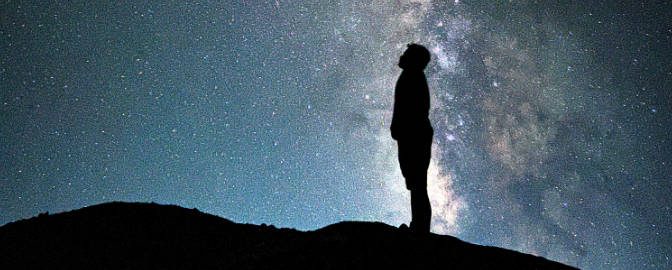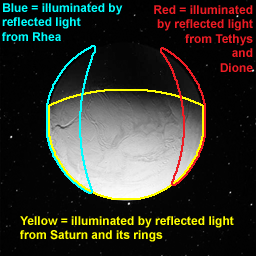Emily Lakdawalla • Mar 13, 2008
Enceladus flyby pics
It seems there is a lot of public interest in yesterday's flyby of Enceladus by Cassini because I am finding the Cassini website to be almost impossibly sluggish this morning! Still, "too much interest" is exactly the kind of problem I want to see on space missions. With a little help from some folks at unmannedspaceflight.com I can show you a couple of teaser images.
This first one is really amazing. It's not the best quality image of Enceladus ever taken, but you should be astounded when I tell you that nothing in this photo is illuminated directly by the Sun. At the time that this image was taken, Enceladus was sitting in Saturn's shadow -- in other words, Saturn was eclipsing the Sun. But Enceladus' surface is well lit (at least to the very sensitive eye of Cassini's wide-angle camera) by four light sources. I'll explain below.
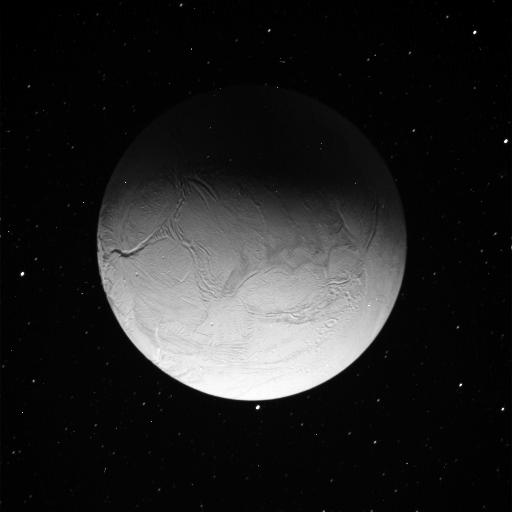
NASA / JPL / SSI
Enceladus in eclipse
This view of Saturn's moon Enceladus was captured by Cassini as it sped away from its closest-ever encounter with the moon. At the time, Enceladus was in Saturn's shadow, so it received no direct illumination from the Sun. All the illumination here is by light reflected from various other objects.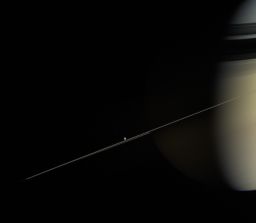
NASA / JPL / SSI / color composite by Emily Lakdawalla
Saturn and Dione, with ringshine
I dug this image out of the Planetary Data System to show you what ringshine looks like. Cassini looked edge-on to Saturn's rings to capture this approximately true color view of icy white Dione and the globe of Saturn on November 21, 2005. The rings are so thin that they almost disappear, but their effect is visible in the wash of yellow light they reflect onto the night side of Saturn's southern hemisphere (below the rings in this image). The north side of the rings is the unlit side, so there is no ringshine visible on the night side of Saturn's northern hemisphere.In the region above the area illuminated by Saturnshine and ringshine, you can see both the left and right limbs are also illuminated, but much more faintly. The left side is illuminated by Rhea, more than 700,000 kilometers away (and itself only a crescent). The right side receives light from Tethys and Dione, 100,000 and 200,000 kilometers away, respectively. There's light bouncing all over the Saturn system! Here's a sketch map of what I'm talking about. I almost certainly have the "crescents" representing illumination from the moons incorrectly oriented, so take this map with a grain of salt.
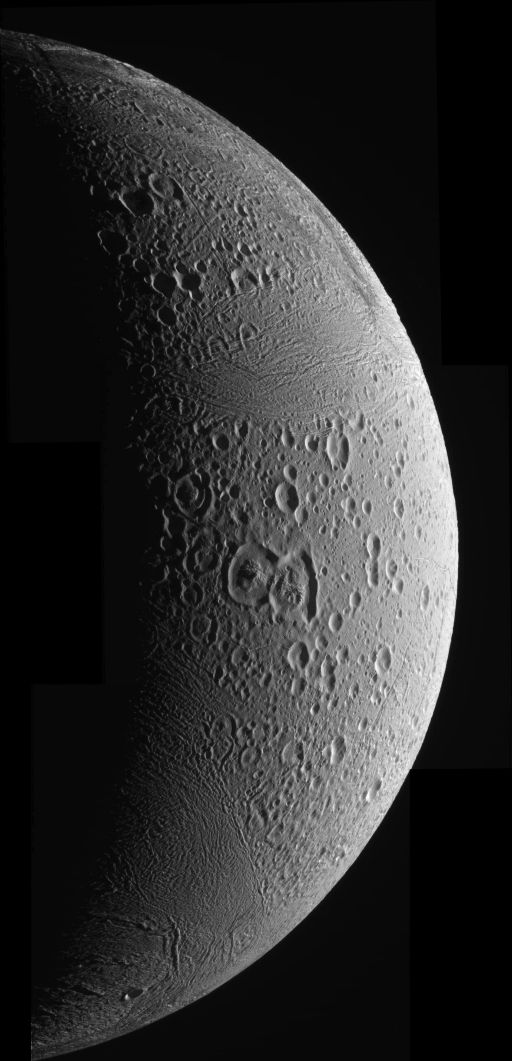
NASA / JPL / SSI / mosaic by um3k


 Explore Worlds
Explore Worlds Find Life
Find Life Defend Earth
Defend Earth